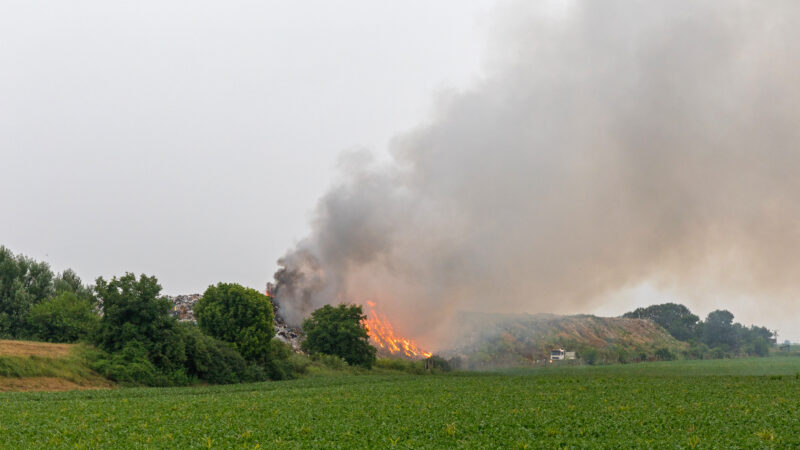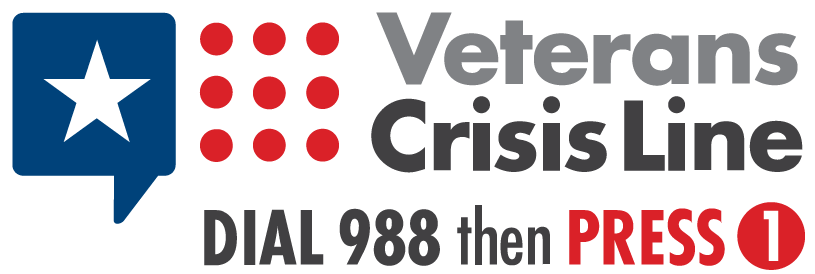Burn Pit Exposure
Beginning with the Gulf War in 1990, the US military used open-air combustion as a form of waste management for large-scale refuse disposal at most installations in Southwest Asia. Over 50 tons of toxic materials, including human and medical waste, ammunition, metals, and plastic, were burned daily. This practice was developed because roads were mined with improvised explosive devices, making hauling trash away from a forward operating base (FOB) or other location both dangerous and expensive. As a result, many Veterans deployed to these areas were exposed to hazardous toxic waste.

Burn Pit Exposure Symptoms
The burn pits released pollution, including particulate matter and neurotoxins, into the air inside nearly every U.S. installation in the war zone. Unfortunately, the military did not provide breathing protection to service members living near the huge plumes of putrid, harmful black smoke that billowed from the burn pit fires every day. As a result of the constant black clouds of burning waste, Veterans raised concerns that burn pit toxic exposures may be related to acute and chronic conditions such as cancers, sinusitis, bronchitis, headaches, lesions, asthma, abdominal pain, chronic bronchiolitis, chronic infections, and more. More than 200,000 Veterans signed up for VA’s burn pit registry.
The PACT Act was signed into law August 10th, 2022, to address the diseases and illnesses associated with exposure to burn pits. The PACT Act made certain locations, contingency operations, and medical conditions presumptive to burn pit exposure.
On April 25, 2022, VA announced that nine rare respiratory cancers are now presumed service-connected if the Veteran was in the line of duty in the Southwest Asia theater of operations beginning August 2, 1990, to the present, or Afghanistan, Uzbekistan, Syria or Djibouti starting September 19, 2001, to the present:
- Squamous cell carcinoma of the larynx
- Squamous cell carcinoma of the trachea
- Adenocarcinoma of the trachea
- Salivary gland-type tumors of the trachea
- Adenosquamous carcinoma of the lung
- Large cell carcinoma of the lung
- Salivary gland-type tumors of the lung
- Sarcomatoid carcinoma of the lung
- Typical and atypical carcinoid of the lung
In addition, three non-cancerous conditions are presumed service-connected if the Veteran served in Afghanistan, Djibouti, Syria, or Uzbekistan during the Persian Gulf War, from September 19, 2001, to the present or The Southwest theater of operations from August 2, 1990, to the present. These conditions must have appeared within ten years of the Veteran’s separation from active duty.
- Asthma
- Rhinitis
- Sinusitis
Burn Pit Registry
In response to concerns raised by Veterans, families, and Congress, in 2013, VA created a new Airborne Hazards and Open Burn Pit Registry to provide Veterans with a free medical exam and as a source for future research. As of February 2022, more than 200,000 Veterans signed up for the registry.
Signing up for the registry is essential even if you do not believe you were exposed because it allows for more research and may ultimately help future Veterans. If you were in contact with a burn pit, you could help provide symptoms of the long-term effects of the burn pits.
Research on potential diseases from this exposure is still ongoing. You can find more information about medical research on VA’s Public Health web page, Burn Pits.
Be aware that signing up for the Burn Pit Registry does not start a VA disability claim.
If you’ve received an unfavorable decision from VA, Bergmann & Moore may be able to help.
Click the Start Now button below to receive a Free Consultation.

One of the largest law firms in the country practicing solely in the area of Veterans’ benefits. Managed by former VA attorneys. We know the journey and can get you through.
Disclaimer: The information contained on this website is not legal advice. Using the information provided on this website or contacting Bergmann & Moore, LLC does not establish an attorney-client relationship. [Privacy Policy]


